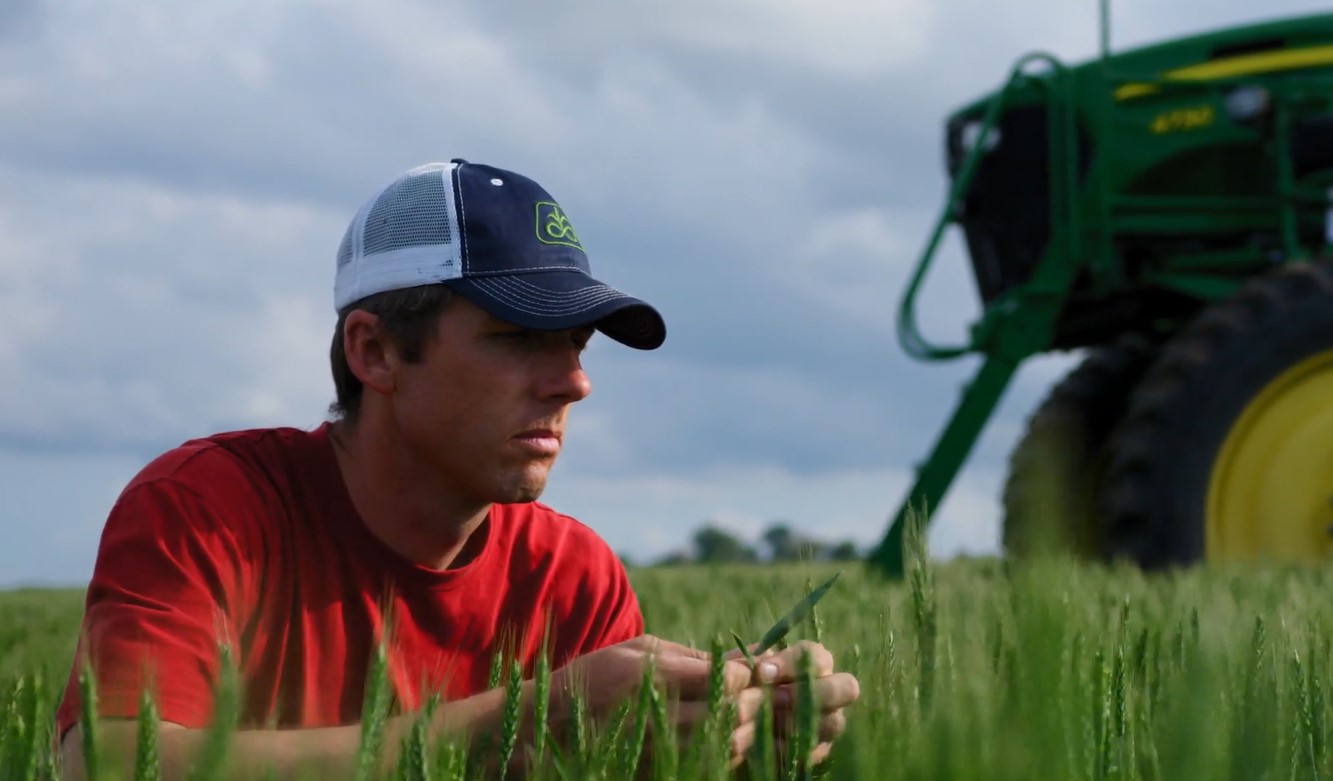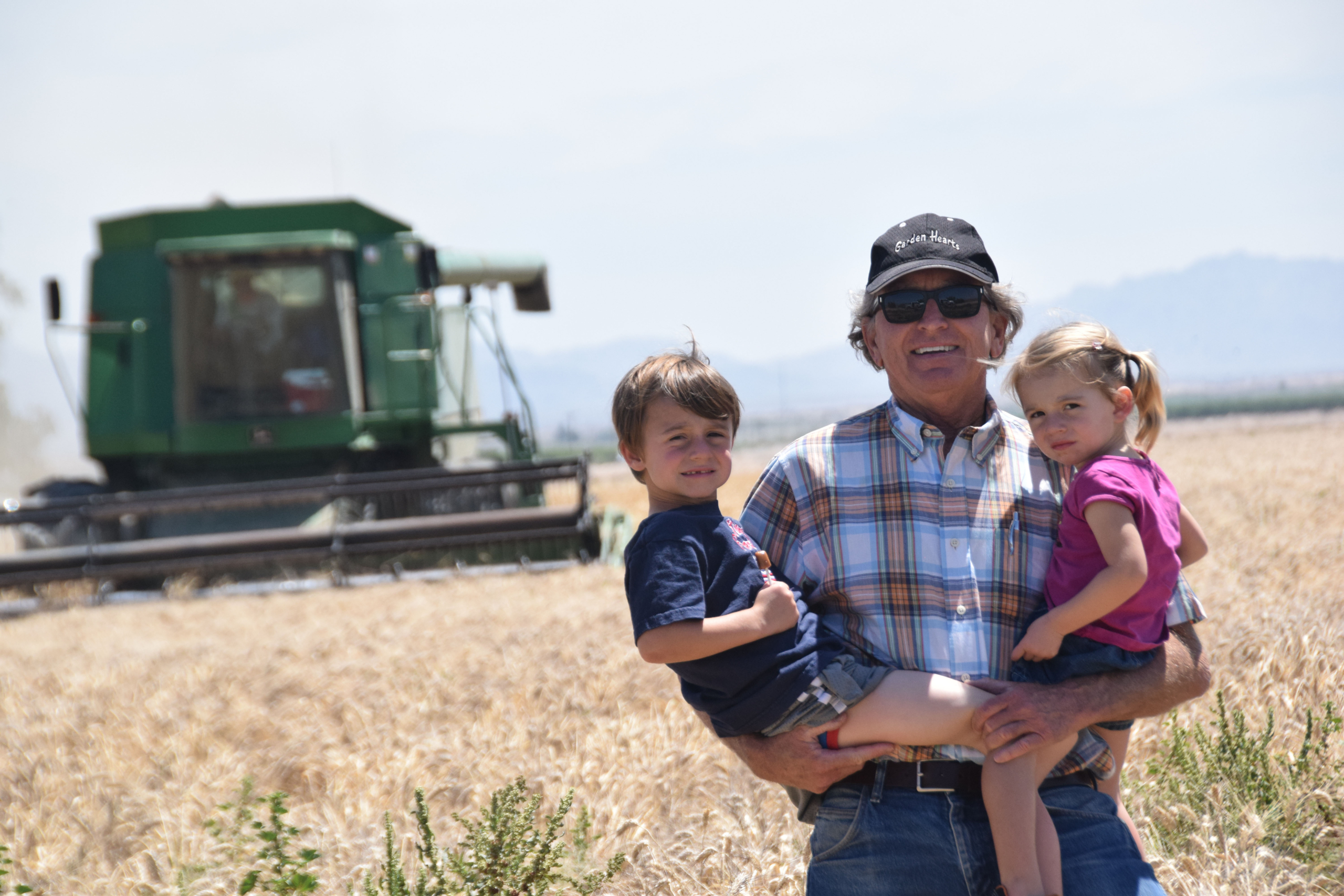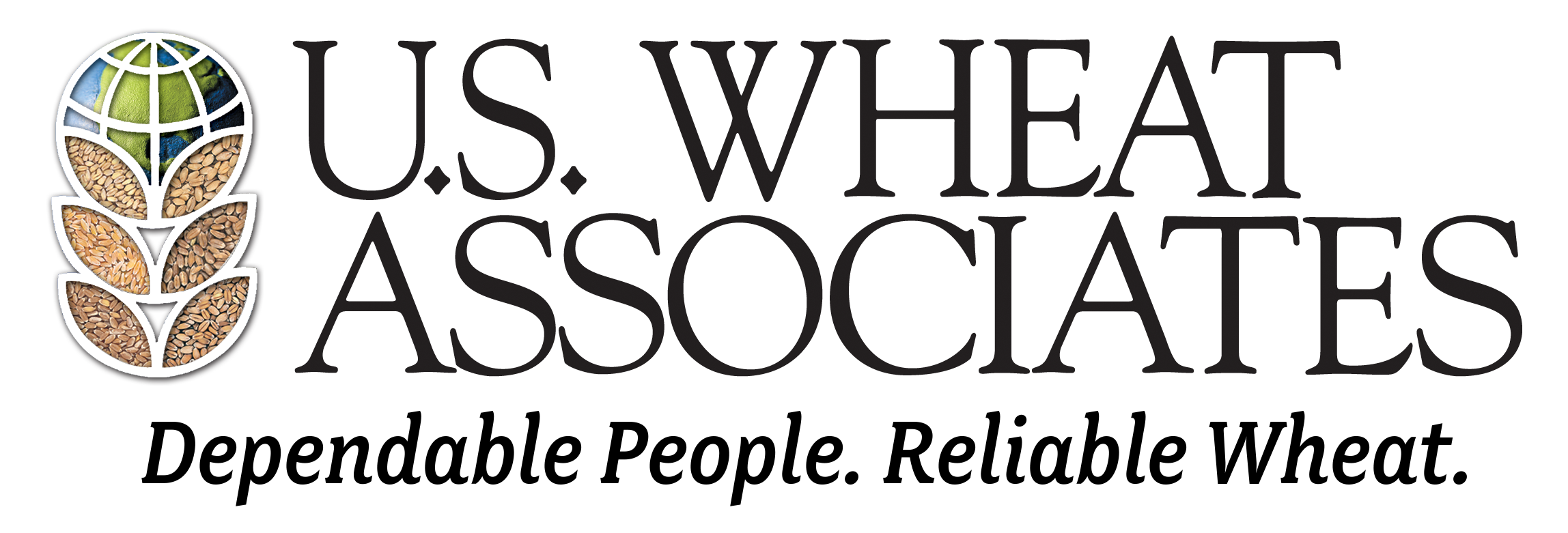Technology, Innovative Farming Practices Advance Wheat Farm Sustainability
Across the United States, farmers produce more and better quality wheat using innovative farming practices including fewer natural resources, including land. According to an American Farm Bureau Federation report, in 2018, farmers needed about 8 million fewer acres (3.24 million hectares) to produce the same amount of wheat as in 1990.
The Biden Administration is currently establishing clear policy goals to fight climate change and reward conservation. It is more important than ever to share the success stories of how U.S. wheat farmers employ sustainable, innovative farming practices to protect their land and positively impact the environment.
U.S. wheat farmers are more economical and sustainable today by implementing agronomic practices and investing in technologies, research and development. Technology plays an essential role in making U.S. agriculture sustainable. When wheat breeders use advanced techniques and technologies to produce high-yielding, high-quality wheat varieties, it contributes to preserving the land’s natural resources through water and soil nutrient conservation that work in harmony with local conditions.
In their production, U.S. wheat farmers apply many aspects of the following sustainable tools and practices:
Reduced Tillage
The USDA Economic Research Service reports that reduced tillage has grown in popularity, and farmers implement the practice on nearly 70% of U.S. wheat acres. While at times a necessary tool, traditional plowing and other deep tillage can be concerning. Continuous wheat production with deep tillage contributed to the infamous U.S. “Dust Bowl” of the 1930s. The introduction of reduced-till and no-till practices has helped reduce soil erosion and increase water retention on dryland crops. This practice also reduces fuel use and promotes carbon sequestration. Read more about the sustainability of practicing no-till farming here.
Crop Rotation and Cover Crops
After harvest, most wheat farmers practice crop rotation and switch to a different crop in the same fields. However, more and more farms are planting “cover crops” after harvest. Farmers incorporate this crop into the soil before planting the next crop. Both these practices are beneficial in preserving soil health as well as conserving water. Cover crops add soil nutrients and organic matter and help prevent soil and water runoff. In one study, Desert Durum® wheat farmers who rotate to lettuce crops following their durum harvest reduced water use on average about 30%.

On his family’s Kansas farm, Justin Knopf has invested in soil health through cover crops, no-till and crop rotations.
Water Conservation
Wheat is a naturally water-efficient crop. In much of the United States, wheat is grown during cooler months and has a longer growing season – providing more opportunity for it to capture naturally occurring precipitation. Only about 10% of U.S. wheat acres are irrigated. Even when farmers irrigate their wheat, it often needs less irrigation than many other crops.

California grower Roy Motter uses Desert Durum® as a rotation crop to let the soil rest between vegetable crops and to help control weeds and disease. Growing durum in a rotation with lettuce reduces water use on his farm by 24% to 50%.
Precision Agriculture
Farmers use technologies such as crop yield monitors, soil maps and global positioning systems (GPS), and drones. These technologies allow farmers to apply inputs more precisely, monitor plant health and collect data on soil nutrients and other natural resources. For example, such technology enables farmers to adjust seed, fertilizer and crop protection inputs with near pinpoint accuracy, ensuring the correct rates are applied or seeded in the right location while on the go in their fields. Greater efficiency through precision agriculture practices means greater economic and environmental sustainability.
Oregon soft white wheat grower Bob Johns (right in the photo at the top of the page) and his farming partner Chris Williams (left) say technology from improved breeding to drones help them make better-informed decisions about how inputs and management affect their yields, soil and crop health, and profitability.
U.S. Wheat Associates (USW) supports finding new ways to improve wheat quality and increase production with less impact on the environment. To learn more about how U.S. wheat farmers are using innovative farming practices to produce more food and fiber sustainably, visit the “Innovation and Sustainability” section of our website.
By Shelbi Knisley, USW Director of Trade Policy
Read other stories in this series:
Special Climate and Sustainability Committee Launched on Earth Day
Precision Agriculture Improves Environmental Stewardship While Increasing Yields
U.S. Farmers Always Think About Economic and Environmental Sustainability
Minnesota Farmer Spread the News with His Conservation Practices
U.S. Farmers Embrace Conversation Practices
Farmers Look to New Technologies to Foster Precision Agriculture
Cargill CEO Highlights Farmers Role in Pandemic and Promoting Sustainability


